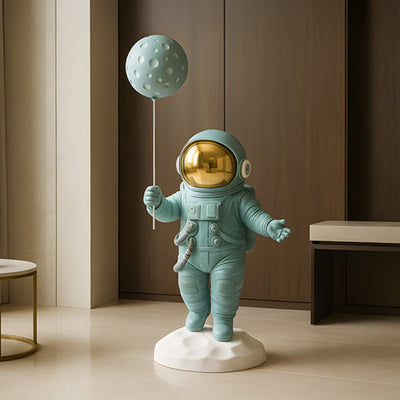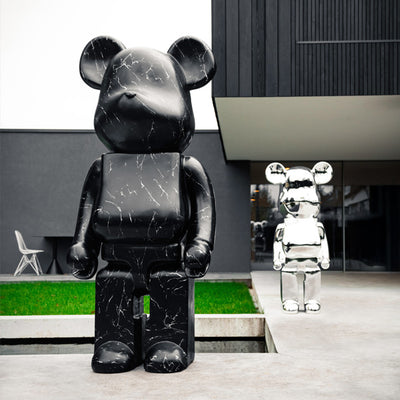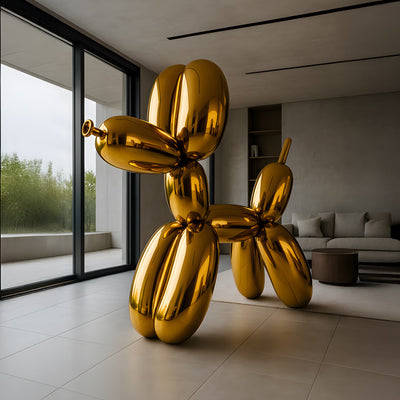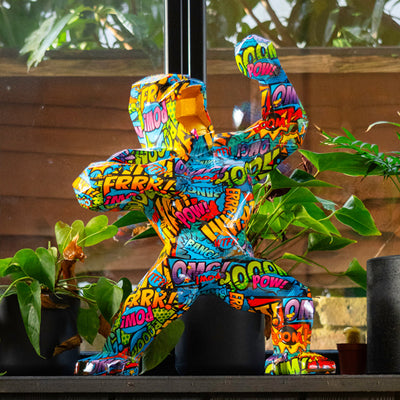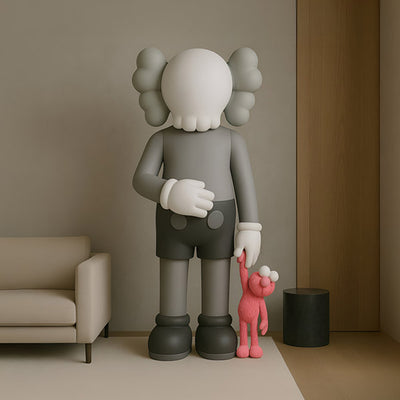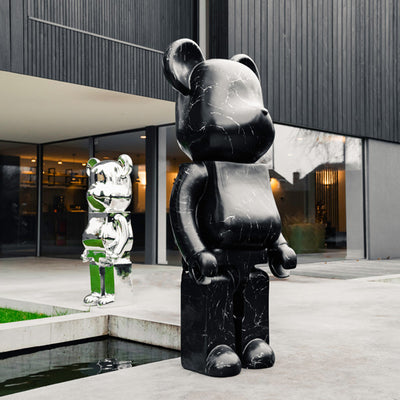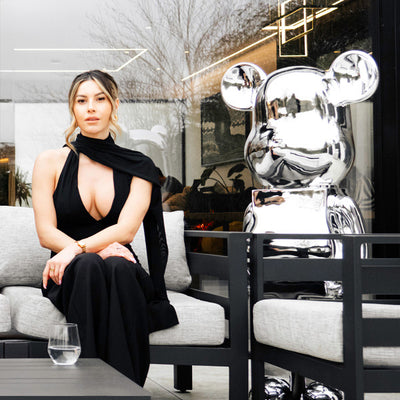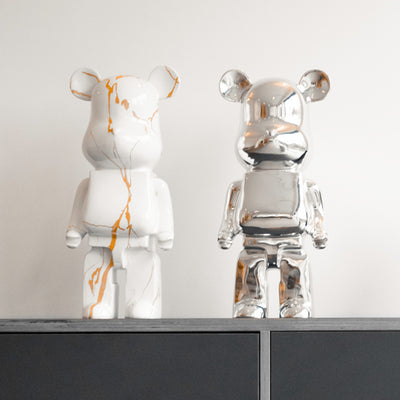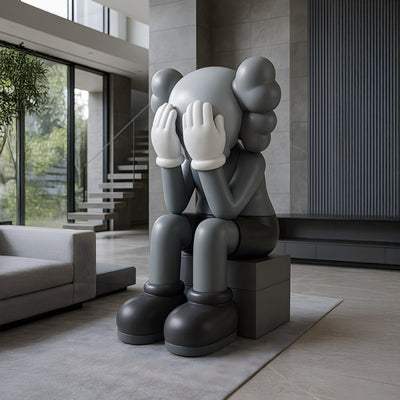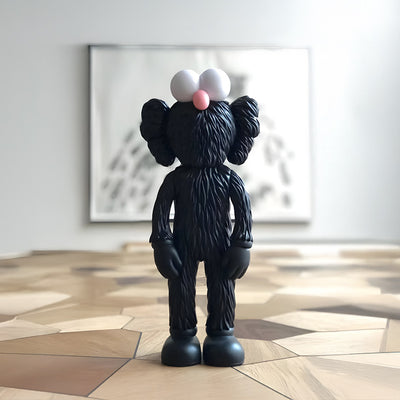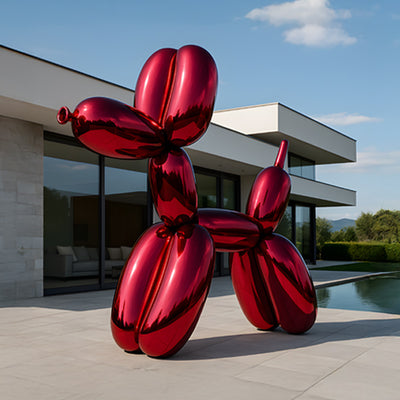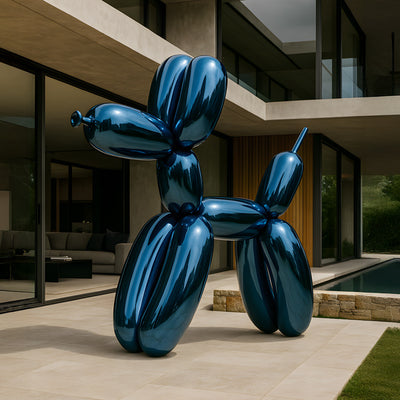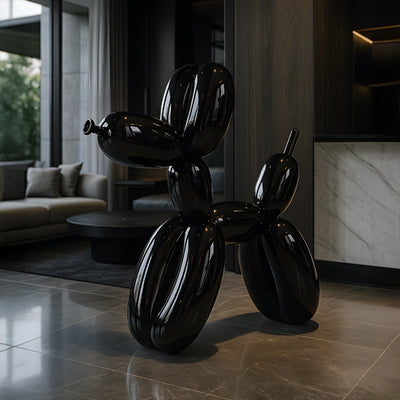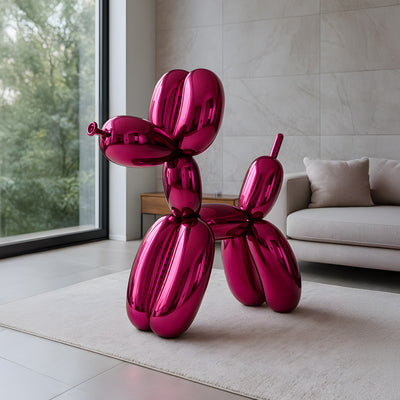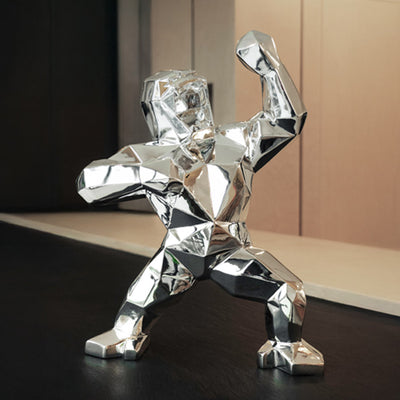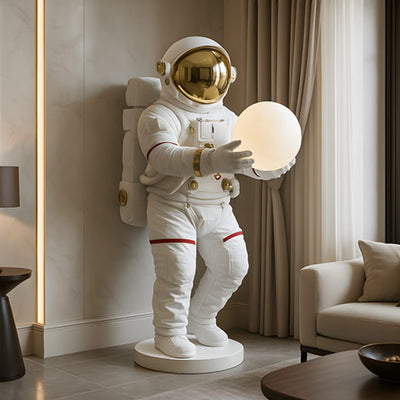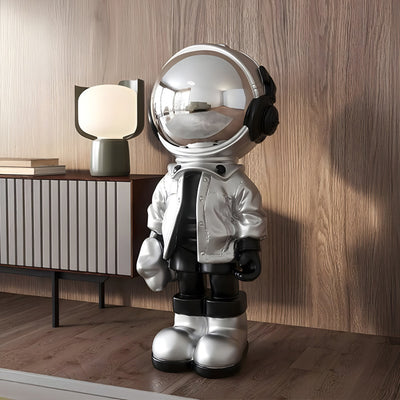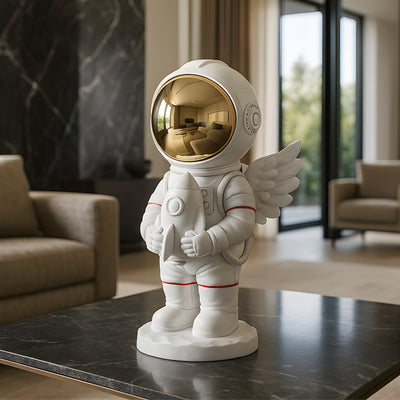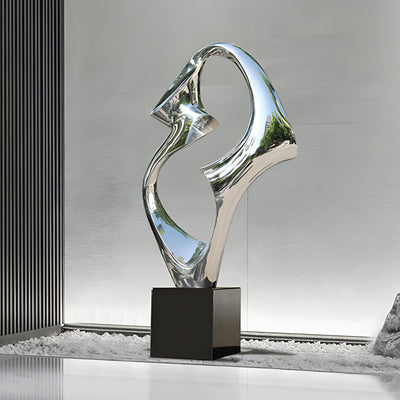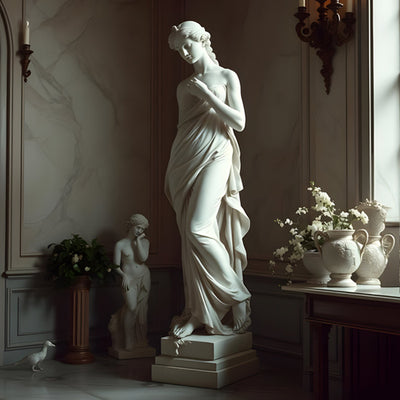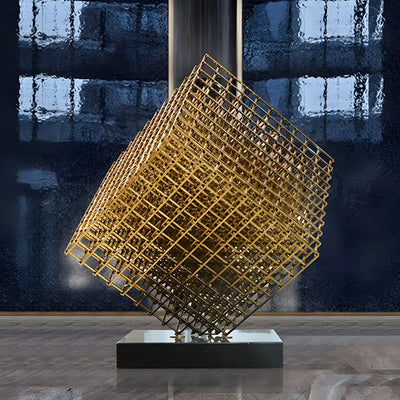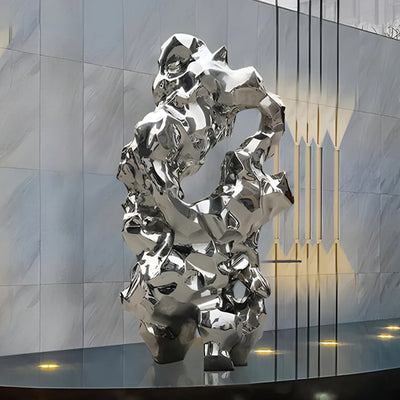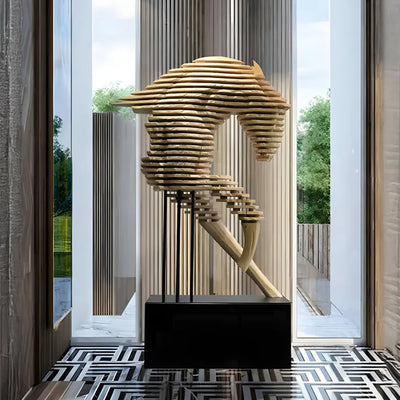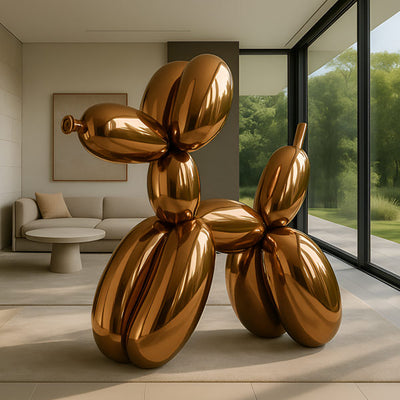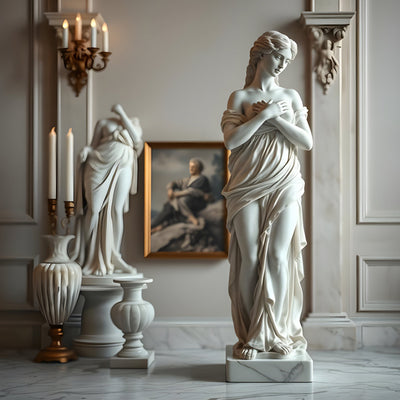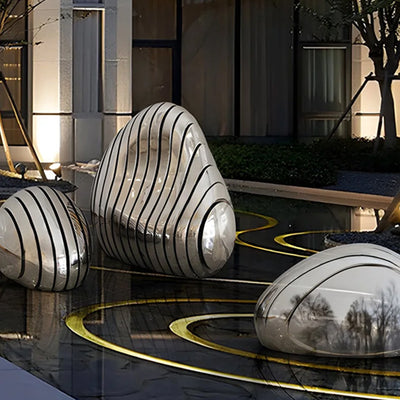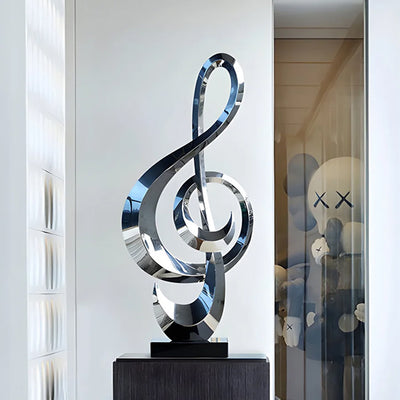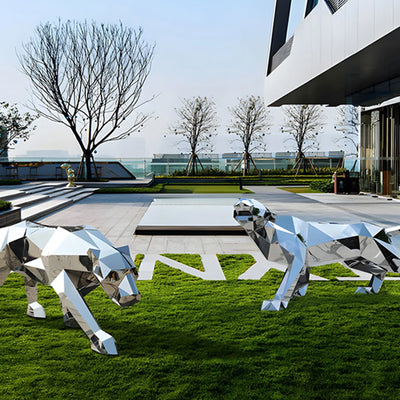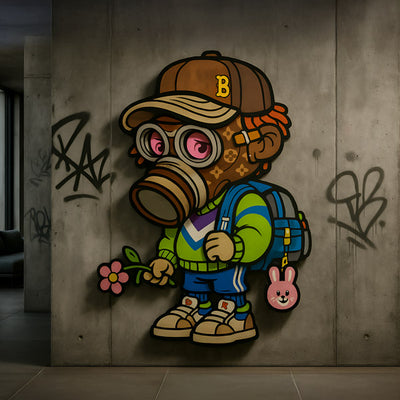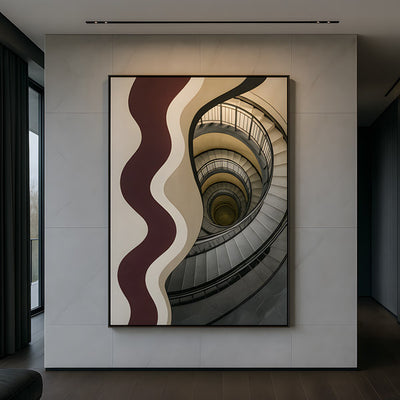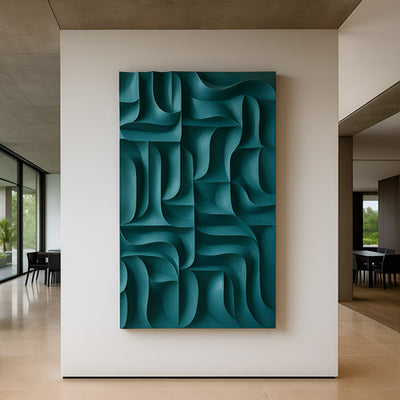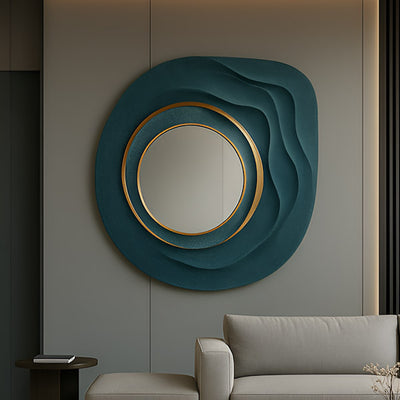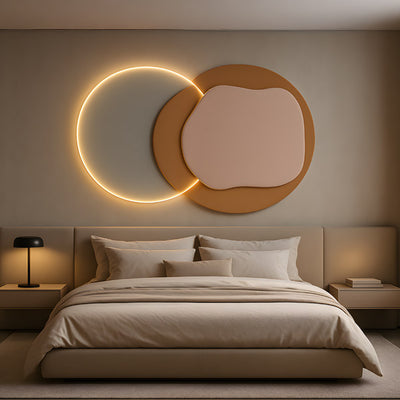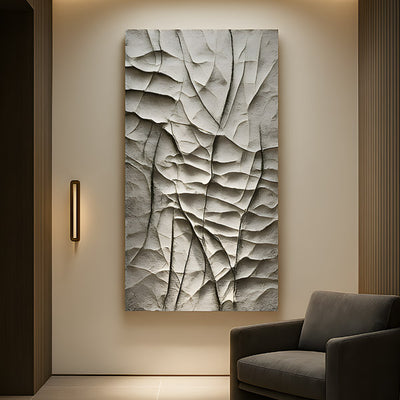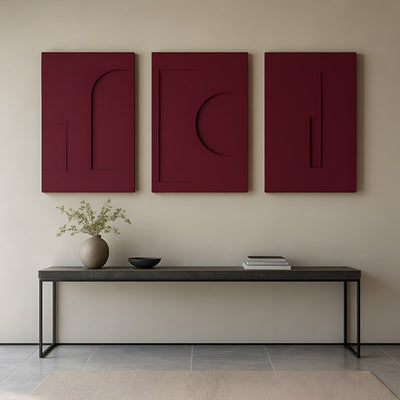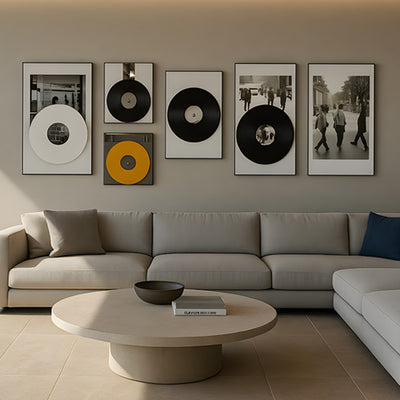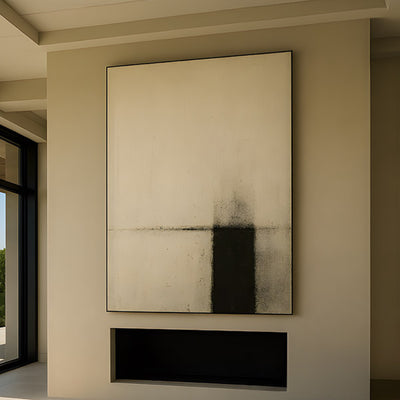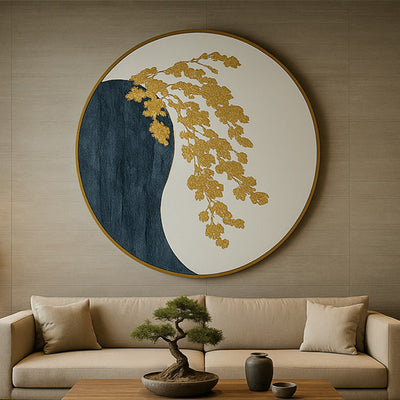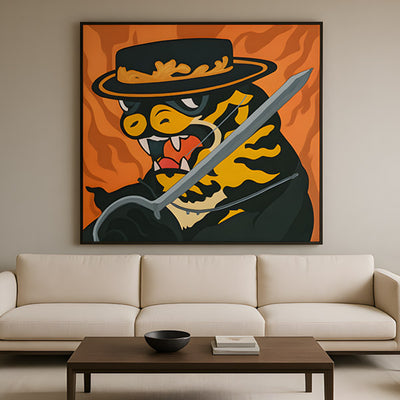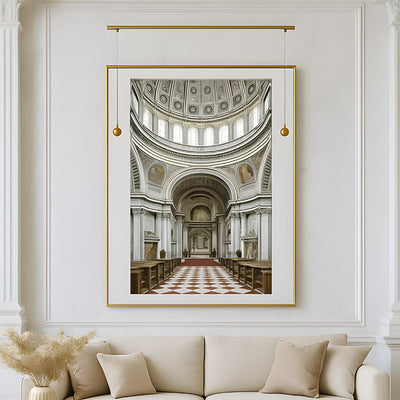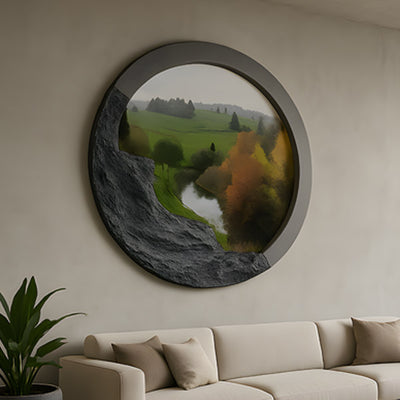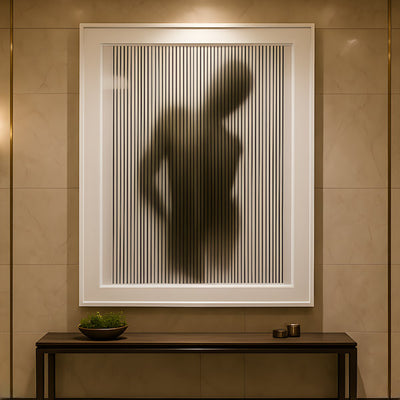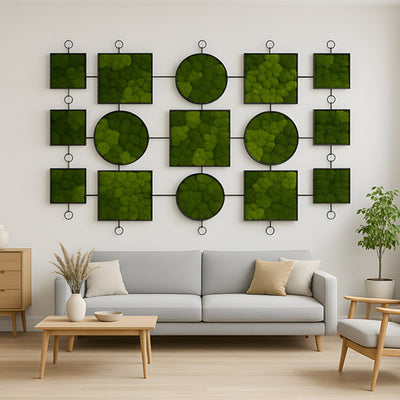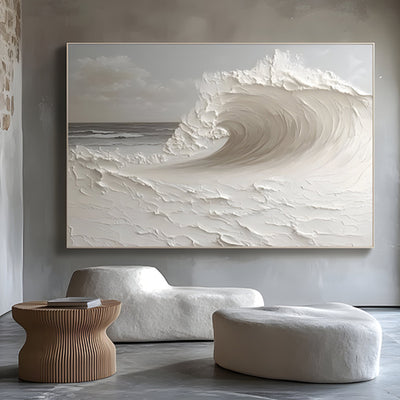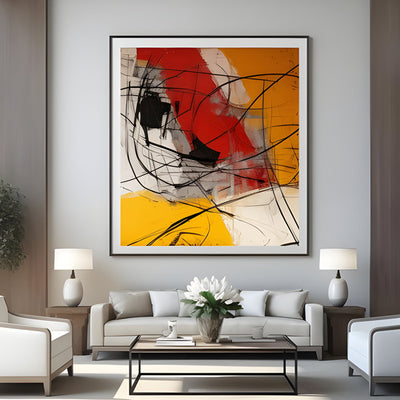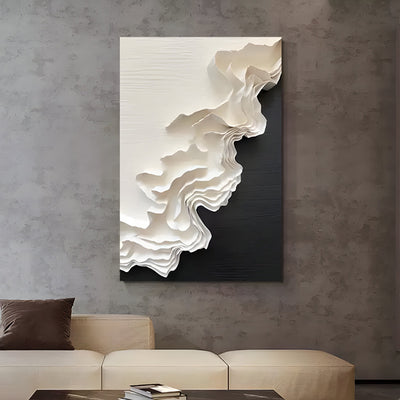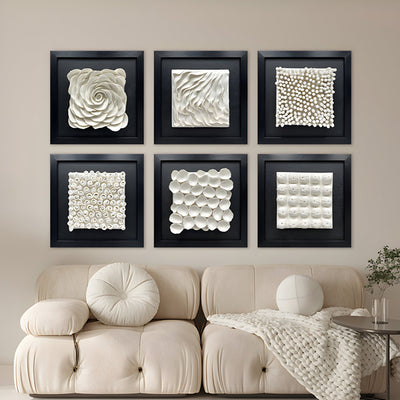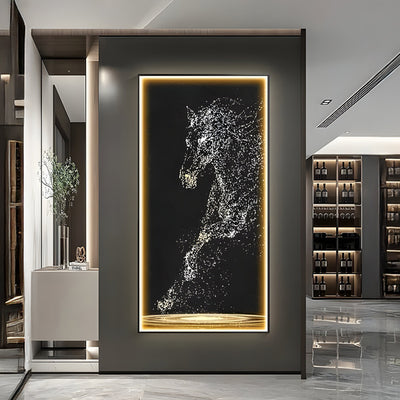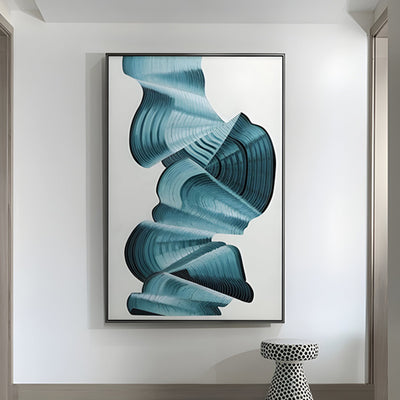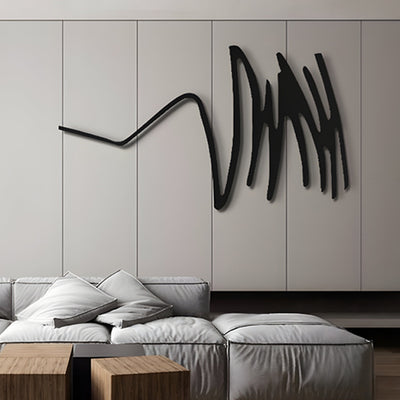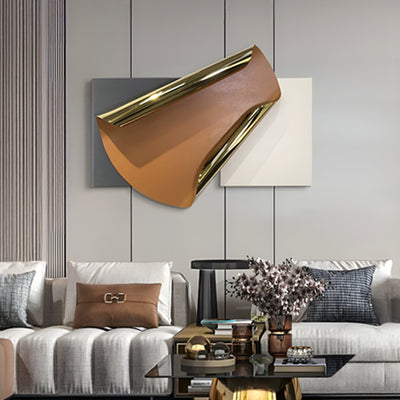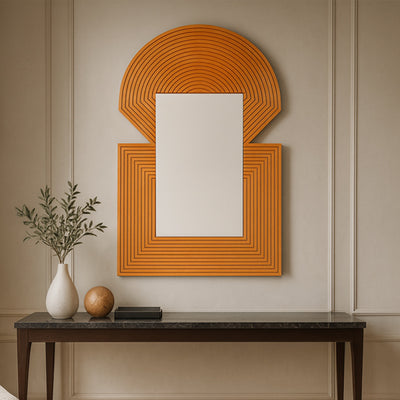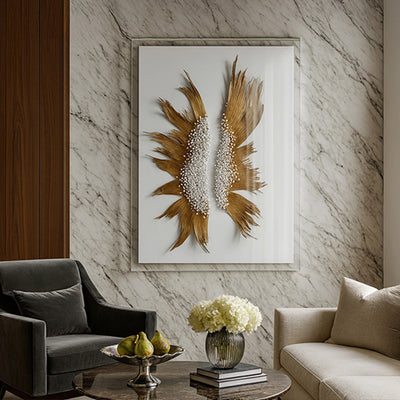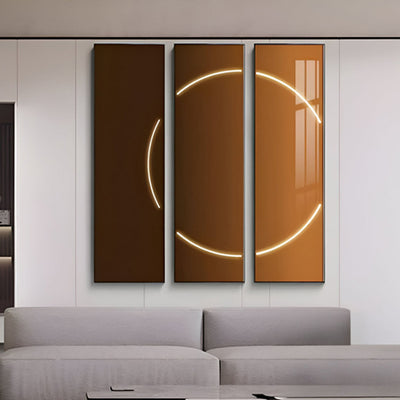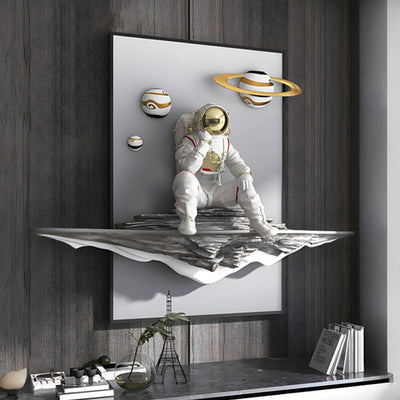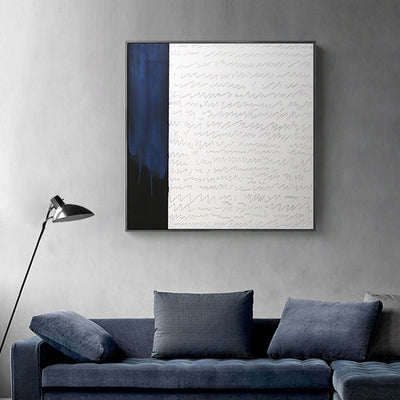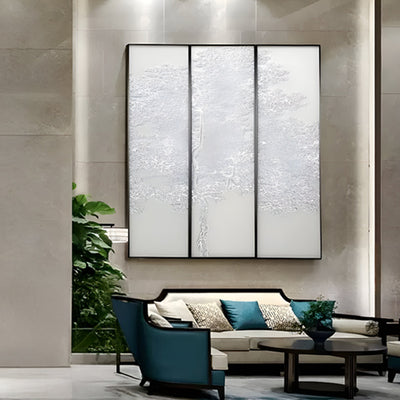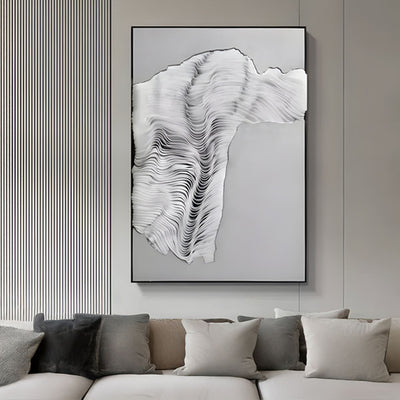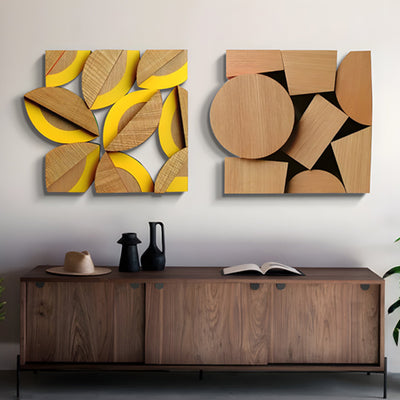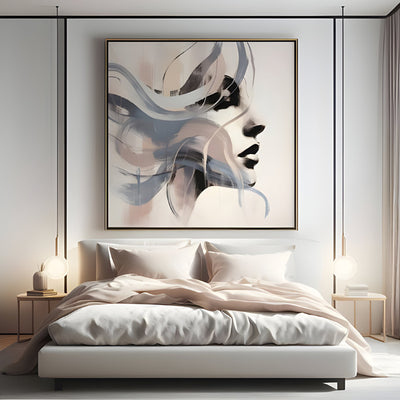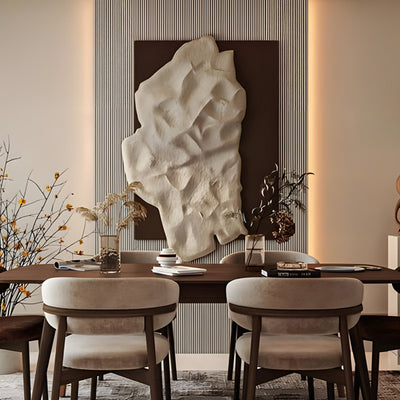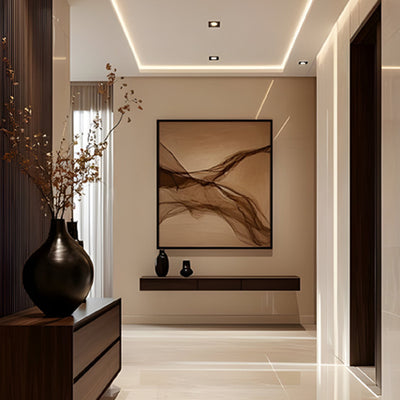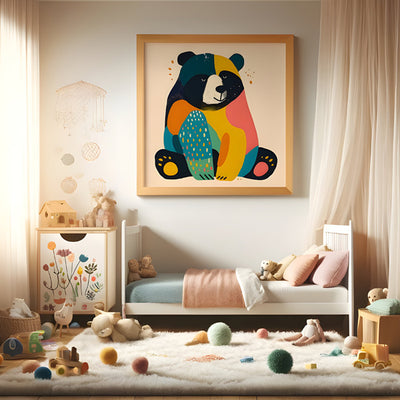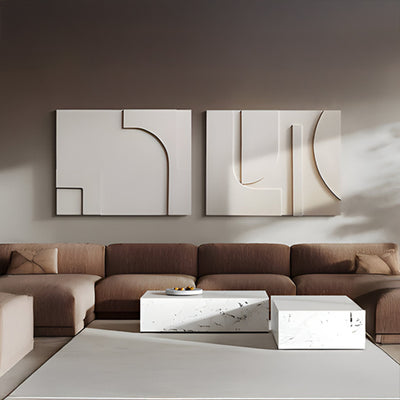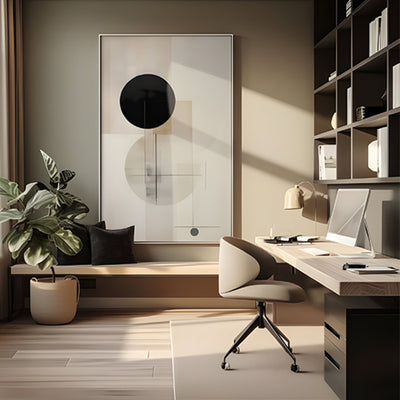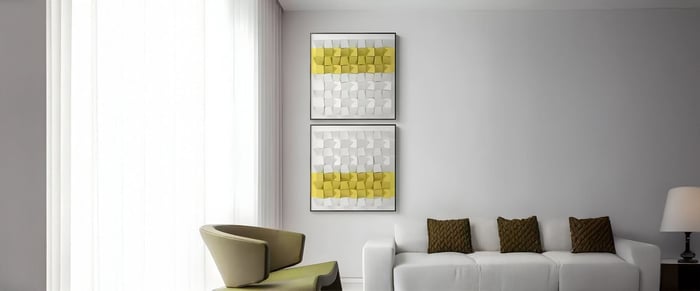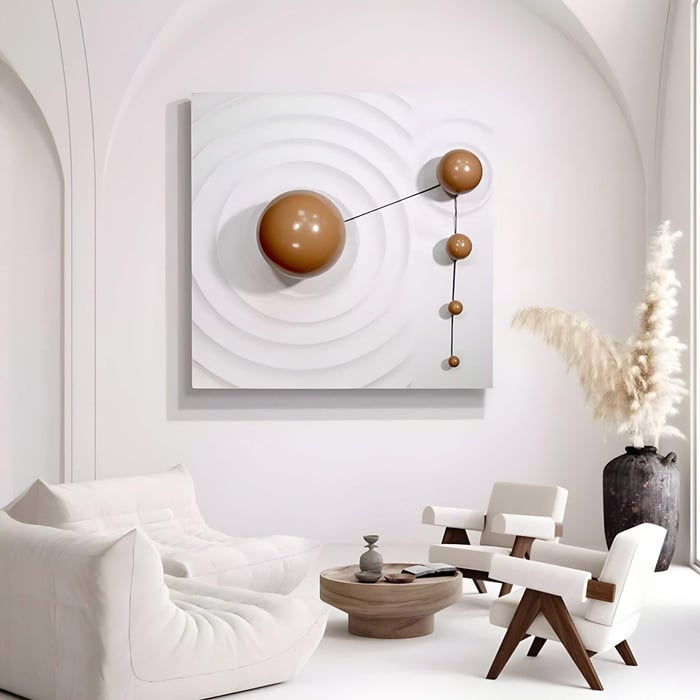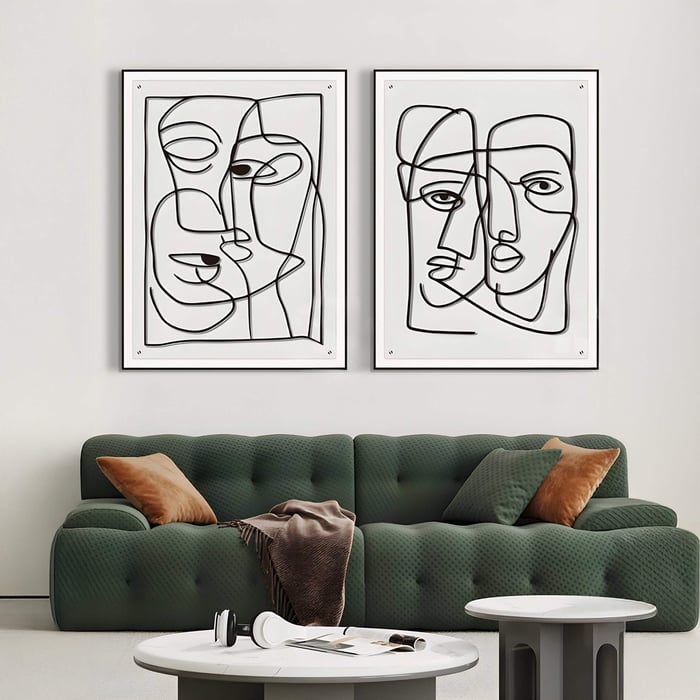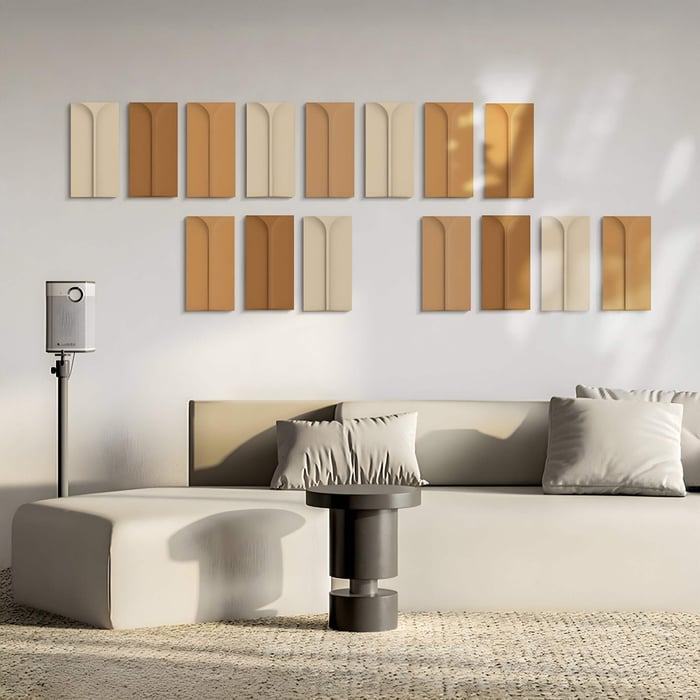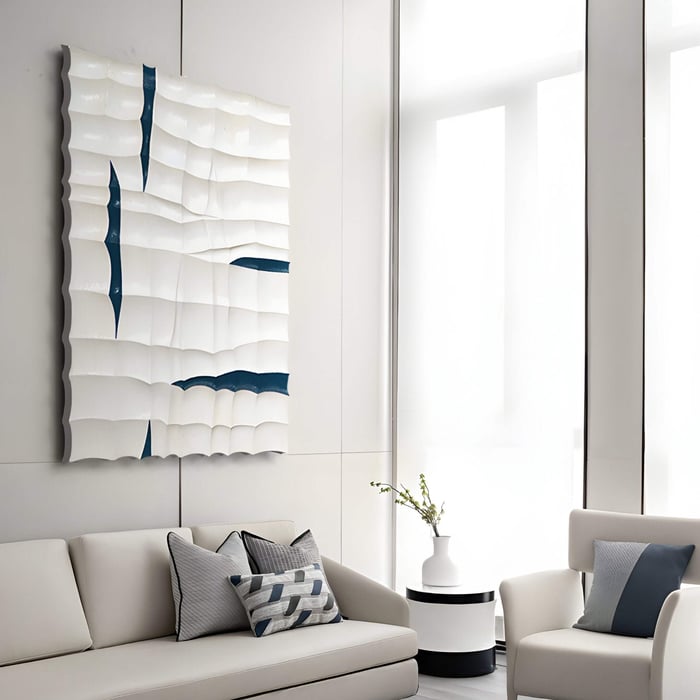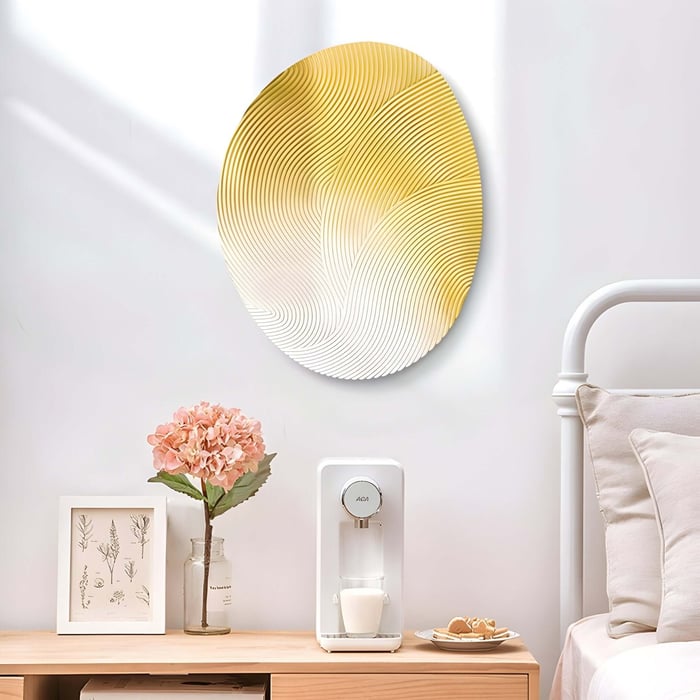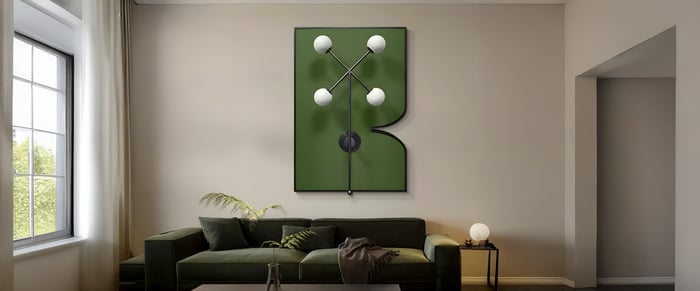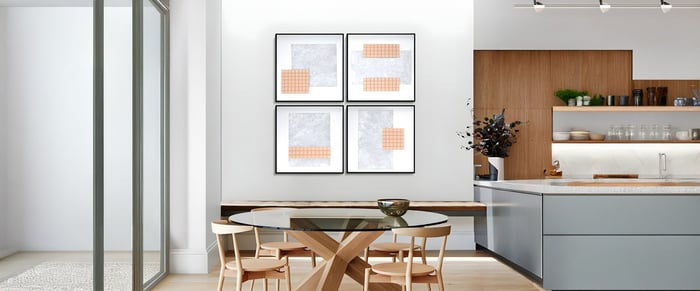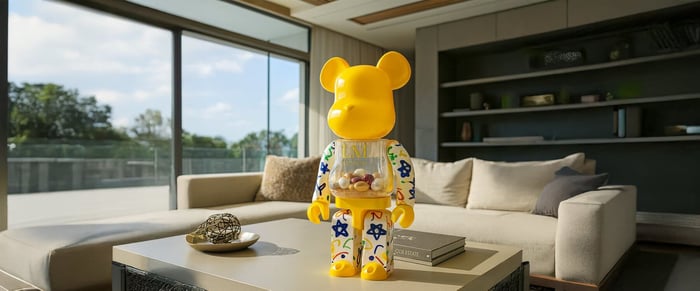Table of Contents
- Introduction - The Power of Quiet Design
- Origins & Philosophy of Nordic Wall Art
- Palette & Texture: The Quiet Tools of Calm
- Nordic Minimalist Art Style Types
- Choosing Minimalist Paintings for Your Walls
- Creating Balance: Placement & Composition Strategies
- Enhancing Calm with Light & Ambience
- Care & Longevity for Minimalist Wall Art
- Conclusion - A Canvas for Calm
- FAQs
Introduction - The Power of Quiet Design
Sometimes, it’s the simplest designs that shift a room’s mood the most. A minimalist painting with quiet lines or a muted wash of colour can do more for your home than bold, cluttered décor. That’s the essence of Nordic art - spaces where simplicity, light, and balance take centre stage.
Rooted in the Scandinavian ethos of harmony and minimalism, Nordic paintings reflect calmness through muted colours, natural textures, and thoughtful spacing. They don’t compete for attention; instead, they enrich the environment with serenity.
In this guide, you’ll explore how Nordic art prints can transform your living spaces. From origins and palette choices to placement strategies and lighting tips, you’ll learn practical ways to bring minimalist calm into your home using Nordic-inspired wall art.
Origins & Philosophy of Nordic Wall Art
Nordic and Scandinavian design has long been guided by the principle of “less is more.” The minimalist ethos values functionality, balance, and harmony with nature. This mindset naturally extends to art, where simplicity becomes the most powerful design tool.
The region’s geography also plays a role. Long winters and limited daylight have shaped a visual culture that embraces soft light, seasonal tones, and natural materials. Nordic artists often draw inspiration from landscapes - forests, mountains, water, and sky, capturing them in abstract or stylised ways.
Cultural concepts like hygge (comfort and cosiness) and lagom (balance and moderation) influence Nordic interiors and art. Instead of loud colours or complex scenes, Nordic paintings create a sense of ease and quiet reflection. This is why they’ve become a go-to choice for homeowners worldwide who seek balance in their living spaces.
Palette & Texture: The Quiet Tools of Calm
One of the strongest features of Nordic art is its muted colour scheme. Think soft neutrals, light greys, beige, muted blues, pale greens, and off-whites. These tones reflect the natural world and help calm the eye.
Texture is another subtle tool. Artists often use canvas, linen, or lightly layered paint to create depth without overwhelming detail. A slight shadow in a brushstroke or a textured plaster finish can transform an otherwise minimal composition into something engaging.
Negative space also plays a key role. A large, open section of a canvas isn’t empty, it’s breathing room. This space allows the viewer to pause and absorb the artwork without distraction. When used in interiors, this balance enhances the sense of calm.
Nordic Minimalist Art Style Types
Nordic minimalism isn’t a single style. Here are five distinct forms you’ll often find in Scandinavian-inspired wall art:
Line Art & Sketches
Monochrome strokes that define form with restraint.
Often human silhouettes, botanical sketches, or geometric lines.
Works well in hallways, bedrooms, or living rooms where subtle detail enhances intimacy.
Muted Abstracts
Soft tonal gradients in beige, grey, and pale blue.
Evoke feelings of foggy mornings or calm water surfaces.
Perfect for bedrooms or lounges where serenity is the goal.
Nature-Inspired Motifs
Simplified depictions of trees, mountain outlines, or gentle waves.
Highlight the Nordic connection to natural landscapes.
Great for dining spaces or living rooms to bring a sense of the outdoors in.
Geometric Balance
Circles, rectangles, and intersecting shapes in deliberate harmony.
Stronger statement pieces for modern interiors.
Often used in minimalist living rooms with contemporary furniture.
Textural Minimalism
Artworks that layer plaster, paint, or mixed media in neutral tones.
Create tactile interest without losing the clean, calm aesthetic.
Effective in open-plan spaces where scale and depth matter.
Choosing Minimalist Paintings for Your Walls
When selecting Nordic paintings for your home, consider both aesthetics and practicality.
Scale & Format: A single large canvas often makes a stronger statement than several smaller pieces. In smaller rooms, paired panels or a triptych can achieve balance.
Style Options: Choose between line art, muted abstracts, tonal landscapes, or geometric shapes depending on your room’s mood.
Frames vs Frameless: For clean minimalism, opt for frameless or floating mounts. For a more defined look, use slim natural wood or white frames.
Material Choices: Canvas is classic, but textured wood panels or mixed media offer variety.
Colour Harmony: Match your artwork to existing tones, if your room uses warm woods, pair with beige and rust hues; if it’s cooler, select blues and greys.
Budget Considerations: Originals and limited editions are investments; high-quality prints and digital reproductions can still achieve the look affordably.
Creating Balance: Placement & Composition Strategies
Placement is as important as the painting itself when working with Scandinavian art.
Height: Aim for the centre of the artwork to sit at about eye level (57–60 inches from the floor).
Proportion: Artwork should generally be two-thirds the width of the furniture beneath it, such as a sofa or bed.
Symmetry vs Asymmetry: Symmetry works well in minimalist spaces, but asymmetry can add character when paired with clean walls.
Negative Space: Don’t fill every inch of wall. Minimalist art needs room to “breathe.”
Grouping: If you’re arranging multiple pieces, treat them as one composition, keeping consistent spacing between each work.
The goal is always visual balance, ensuring art feels integrated rather than forced.
Enhancing Calm with Light & Ambience
Lighting is the unsung hero of Nordic wall art.
Natural Light: Muted tones thrive in soft daylight. Place artwork where indirect sunlight enhances texture.
Artificial Light: Choose diffused, warm lighting. Picture lights or soft LED strips create a cosy glow.
Avoid Harsh Reflections: Too much glare can wash out subtle tones.
Shadows & Texture: Minimalist art often includes subtle reliefs, angled lighting can highlight these without overpowering.
Seasonal Shifts: Candlelight or warm lamps in winter evenings tie back to the hygge tradition, casting a comforting ambience.
Care & Longevity for Minimalist Wall Art
Minimalist paintings may look simple, but they still require thoughtful care.
Cleaning: Dust gently with a soft, dry cloth. Avoid chemical cleaners.
UV Protection: Keep out of direct sunlight to prevent fading.
Humidity & Temperature: Stable indoor conditions help avoid warping or cracking in canvas or wood.
Reframing or Touch-ups: Refresh frames or have minor touch-ups done by a professional to maintain the clean aesthetic.
Conclusion - A Canvas for Calm
Nordic art prove that minimalism isn’t about emptiness, it’s about presence. Through muted colours, clean lines, and thoughtful placement, minimalist paintings bring serenity into everyday life.
Start small: add one piece to a quiet wall and live with it. Notice how it changes the atmosphere. Over time, build a collection that feels both personal and calm.
If you’re ready to transform your walls with Nordic-inspired design, explore curated collections or commission art that reflects your home’s natural light and textures. At Giant Sculptures, you can discover Nordic art pieces that bring balance and warmth to your interiors.
FAQs
What colours best suit Nordic minimalist wall art?
Soft neutrals like beige, off-white, light grey, pale blue, and muted green are most common.
How high should I hang a minimalist painting?
Generally, the centre of the piece should be at 57–60 inches from the floor.
Can minimalist paintings work in cosy, cluttered spaces?
Yes, but they’re most effective when given breathing space to shine.
How many pieces of minimalist art can a wall handle?
For large walls, 2–3 pieces spaced consistently work well. Small walls often need just one.
Can Nordic minimalist art work in eclectic homes?
Absolutely - its calmness balances out bolder, eclectic décor.
